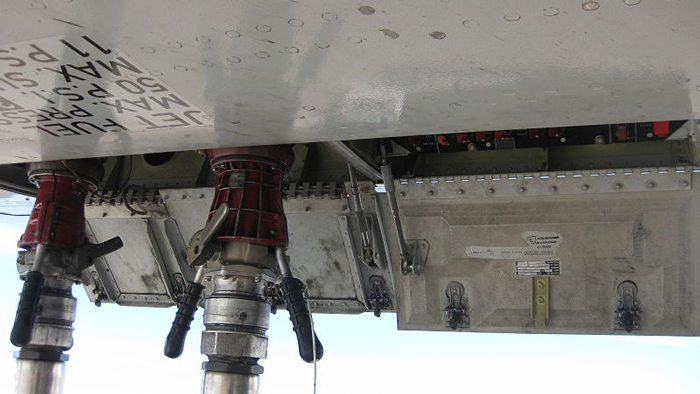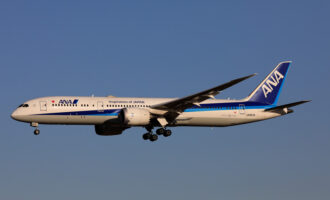
Concerns rising over jet fuel contamination at U.S. airports due to diesel exhaust fluids
The Aircraft Owners and Pilots Association (AOPA) Air Safety Institute (ASI) has issued an ASI Safety Notice calling pilots’ attention to the problem of jet fuel being contaminated with diesel exhaust fluid (DEF), which is not approved for use in aircraft and has caused engine failure or significant damage to aircraft engines and fuel systems in several instances.
The ASI safety notice posted on the Air Safety Institute and AOPA websites was prompted by a fuel-contamination incident that caused two Cessna Citation jets that received tainted fuel in Punta Gorda, Florida, U.S.A, to experience in-flight failures—in one case of both engines, and in the other instance, of one of two engines. Both aircraft landed safely.
In a letter to U.S. Federal Aviation Administration (FAA) Acting Administrator Daniel K. Elwell, AOPA President Mark Baker said that the 9 May incident was the third in the last 18 months in which DEF was mistakenly added to aircraft fuel in separate locations, presumably in place of icing inhibitor fluid. Both fluids are clear and colorless.
“We believed the first contamination event in November 2017 to be a unique situation and unlikely to reoccur. Unfortunately, a second occurred in August 2018,” Baker wrote.
Diesel exhaust fluid is used to reduce emissions in diesel engines for both on-road and off-road vehicles. When added to jet fuel, DEF can trigger reactions including the formation of crystals that can plug fuel filters and damage engine components.
The recent emergence of off-road diesel-powered vehicles requiring the DEF additive at U.S. airports has created a new threat to aviation safety, said Mark Rumizen, a senior technical specialist at the U.S. Federal Aviation Administration (FAA) and chairman of ASTM D02.J.06 Emerging Turbine Fuels Section.
“At this point, there is very little that ASTM subcommittee D02.J (Aviation Fuel) can do because the jet fuel specification (D1655) is primarily a production specification and is not intended to address downstream fuel handling or contamination issues,” Rumizen explained.
“However, we have an industry collaborative group comprised of key aviation trade associations, the FAA, and several aviation fuel distribution companies that is developing a report for wide distribution. The report will include background information relative to the recent aviation fuel contamination events, what is DEF and how it reacts with jet fuel, and recommendations and potential mitigating actions. Mitigating actions that have been discussed include in-line sensors that would detect DEF in jet fuel additive injection systems, dyeing of DEF to differentiate it from aviation grade fuel system icing inhibitor (FSII), standardized labeling of both DEF and FSII containers, and improved FAA oversight of airport fueling facilities,” he said.
As older, legacy airport vehicles are replaced with the new Selective Catalytic Reduction (SCR) equipped vehicles requiring DEF, the quantity of DEF at airports will increase to support the greater number of vehicles, thereby increasing the risk to aircraft flight safety, it was noted.
The ASI Safety Notice urged pilots to inquire if their fuel providers use DEF in ground equipment and about procedures to confirm that only the correct additives are used for jet fuel. Noting that there are no known pre-flight procedures pilots can use to identify the presence of DEF in jet fuel, the notice is meant to raise pilots’ awareness that if engine failure occurs due to turbine flameout, DEF contamination is a possible cause.
“Follow emergency checklist procedures for engine failure and realize if DEF contamination is the cause, successful restart is unlikely,” it cautioned, noting that the loss of remaining engines is likely.









